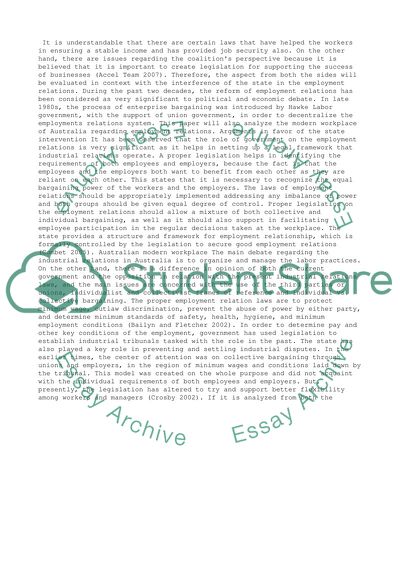Cite this document
(“The State Should Take No Part in Employment Relations, Leaving It Essay”, n.d.)
Retrieved from https://studentshare.org/management/1457069-ypthe-state-should-take-no-part-in-employment
Retrieved from https://studentshare.org/management/1457069-ypthe-state-should-take-no-part-in-employment
(The State Should Take No Part in Employment Relations, Leaving It Essay)
https://studentshare.org/management/1457069-ypthe-state-should-take-no-part-in-employment.
https://studentshare.org/management/1457069-ypthe-state-should-take-no-part-in-employment.
“The State Should Take No Part in Employment Relations, Leaving It Essay”, n.d. https://studentshare.org/management/1457069-ypthe-state-should-take-no-part-in-employment.


